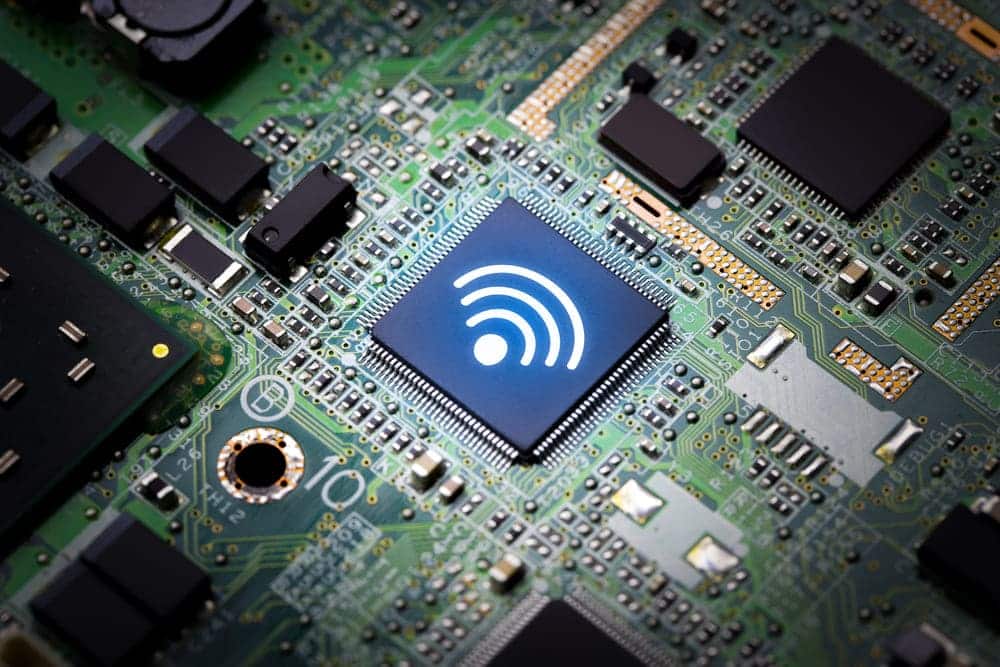
People all over the world enjoy using the internet. Whether it be to watch movies, play games, or even for work. Considering this, the users must have access to their connection at all times. Two main methods can be used to connect your device to the internet.
One of these is through the use of an ethernet cable. This is much easier and will allow you to get the best possible speeds. However, most people opt for the second option which is a wireless connection.
While setting this up can be a little tricky, most people choose it because of how clean the setup looks. Most newer devices already come with Wi-Fi capabilities built onto them.
Though, if you are a PC user then you will either have to purchase a Motherboard with Wi-Fi or a separate Wi-Fi card. We will be using this article to provide you with all the information required about these two products, making the choice easier for you.
Motherboard WiFi vs WiFi Card
Motherboard Wi-Fi
Motherboards are one of the most essential things when purchasing a computer. The first thing that you need to look out for is if the device is compatible with your processer. After this, the features on your motherboard come in. There are numerous choices provided to the user out of which Wi-Fi can be important as well.
Some motherboards already have a built-in modem in them which allows you to connect to the internet wirelessly. Considering this, people who prefer using these connections can purchase a device that has this already.
Though, there are some downsides to choosing these boards over a standard one as well. The first thing that you should keep in mind is that motherboards with built-in Wi-Fi will most likely cost you a lot.
Additionally, when it comes to the lineups, there are only a few models that have this feature on them. This makes the choice limited for the users. Aside from this, in case a newer technology comes out, the user cannot upgrade their modem separately. They will have to replace their entire motherboard in this case. Additionally, you will still have to look out for the supportability of this device with your RAM sticks and processor.
Though, when looking at the few upsides of selecting a motherboard with Wi-Fi can be that these devices are already installed through PCIe slots. This means that the transfer rate between the modem and board will be much faster resulting in providing you with better performance. On the other hand, using a USB stick to provide you with Wi-Fi will be notably slower.
Wi-Fi Card
Wi-Fi cards are small devices that require you to install them in the PCIe slots of your system. These can then be used to connect your computer directly to the internet through Wi-Fi. These cards can be much more expensive than simple USB Wi-Fi sticks. Though, the performance on them is also much better. The best thing about these devices is that the user has multiple options.
You can go through the specifications for these and then select one which suits your taste. Additionally, the price for these depends on how many features you want on your computer. Another great thing about choosing these cards is that they come with antennas built onto them.
This is not available on a motherboard with Wi-Fi. Considering this, the user can easily change the positions for their antennas and even adjust them to get a better connection.
The only downside for selecting these can be that some people might find it hard to install them. Moreover, the cards will take up a slot on your motherboard. These PCIe slots can be useful for people who want to install more than one graphics card or are looking to install NVMe drives as well. Though, for the installation process, you can always check a guide online to help you out with it.
The card should also come with a manual that can provide you with a step-by-step procedure. Considering this, both options are great and the choice usually depends on the user. Going through this article should help you in figuring out which device will be better for your usage.